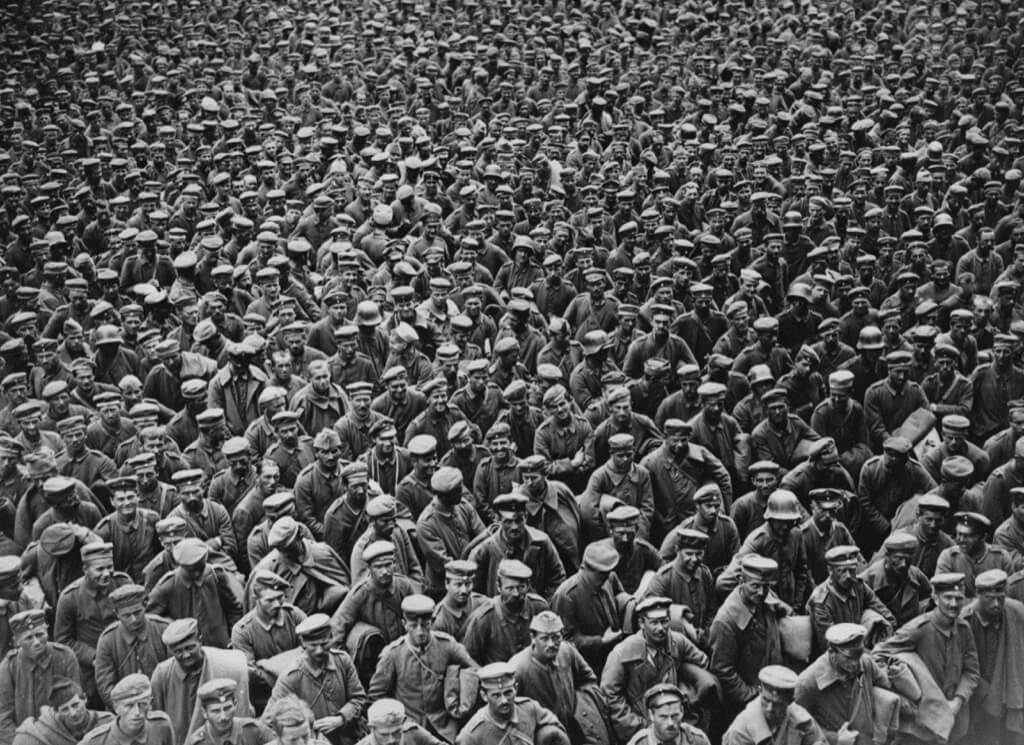The record for the longest confirmed sniper kill reflects the progression in sniper technology and skills. Over the years, this record has escalated, thanks to advancements in firearms, optics, and ballistic understanding. Sniper Craig Harrison’s achievement in 2009, with a shot of 2,474 meters (8,116.8 feet or approximately 1.54 miles), demonstrates this evolution. His feat, achieved using a .338 Lapua Magnum rifle, surpassed the previous record and set a new benchmark in long-distance sniping.
British sniper Craig Harrison achieved this remarkable feat in November 2009 in Afghanistan’s Helmand Province. His shots, confirmed via GPS, took out two enemy targets consecutively, showcasing not just his marksmanship but also his ability to assess and respond to combat situations swiftly. These shots were taken from a distance so significant that the bullet traveled for about three seconds before hitting the targets.
Harrison’s record-breaking shots were taken in a high-stakes combat scenario where he provided cover for his commanding officer and Afghan National Army allies. The two insurgents, armed with a PKM machine-gun, had pinned down the soldiers. Harrison, with the assistance of a spotter, Cliff O’Farrell, managed to neutralize the threat effectively, demonstrating the critical role of snipers in modern warfare.
Following his return to the UK, Harrison’s record-breaking shot was publicized by the Ministry of Defence, contrary to their policy of keeping sniper identities confidential. This led to unintended consequences for Harrison and his family, including threats to their safety and eventual relocation. Harrison’s ordeal underscores the delicate balance between recognizing military achievements and maintaining operational security.
The case of Craig Harrison highlights the critical importance of operational security, especially concerning the identities of military snipers. The breach of confidentiality in Harrison’s case not only put him and his family at risk but also raised questions about the handling of sensitive information within the military. It serves as a reminder of the need to uphold strict protocols to ensure the safety of personnel and their families.
The longest confirmed sniper kill in history was achieved by an unnamed Canadian Special Operations Forces member. This remarkable feat was accomplished at a distance of 3,540 meters, equivalent to 2.14 miles. The shot, which took place during a classified operation, was made with a bullet traveling at a speed of 795 miles per hour, exemplifying the incredible precision and skill required in such an operation.
Evolution of Sniper Kill Distances
Over the years, the record for the longest sniper kill has been pushed to new limits, with advancements in technology and training. The Canadian soldier’s 2017 record in Iraq surpassed previous records significantly. This evolution in sniper capabilities reflects the ongoing advancements in military technology, optics, and the skill set of elite snipers.
The Mechanics of Extreme Long-Range Sniping
Achieving a successful shot at such extreme distances involves overcoming numerous challenges, including bullet drop, windage, and the Earth’s curvature. The Canadian sniper’s use of the McMillan TAC-50 anti-material rifle was crucial, as this high-powered rifle is known for its long-range accuracy. The .50 BMG armor-piercing incendiary round used in this record-setting shot also played a vital role, allowing for the necessary precision and impact at over 2 miles.
Sniper Rifles and Their Capabilities
The McMillan TAC-50 rifle, which was instrumental in setting the longest sniper kill record, boasts impressive specifications. With a muzzle velocity of 823 m/s and an effective firing range of up to 1,800 meters, its maximum firing range is estimated to be around 7,700 meters. This rifle’s precision engineering and powerful ammunition capacity make it a top choice for long-range sniper operations.
The history of sniping is marked by exceptional individuals who have demonstrated extraordinary skill and precision. One such figure is Simo Häyhä, known as the deadliest sniper in history, credited with a high number of confirmed kills during the Second World War. Häyhä’s expertise exemplifies the critical role of environmental awareness and stealth in successful sniping. The record set by the Canadian sniper adds a new chapter to this legacy, showcasing the evolving expertise and capabilities of modern-day snipers.
The longest confirmed sniper kill in history was made by an unnamed Canadian sniper at an astonishing distance of 3,540 meters, equivalent to 2.14 miles. This remarkable feat, achieved in a combat situation, demonstrates the extreme ranges over which modern snipers can effectively engage targets.
The Speed of the Sniper’s Projectile
In the longest sniper kill, the bullet traveled at a speed of approximately 795 miles per hour. This high velocity is crucial for maintaining accuracy over such a long distance, compensating for factors like wind drift and gravity drop.
Evolution of the Sniper Kill Record
Before the Canadian sniper’s record in 2017, the previous record for the longest sniper kill was held by British sniper Craig Harrison, who made a shot at 2,474 meters in 2009. Over the years, the record for the longest sniper kill has steadily increased, highlighting advancements in sniper technology and training.
The Rifle Used in the Longest Kill
The Canadian sniper’s record-setting shot was made using a McMillan TAC-50 sniper rifle. This high-precision firearm is known for its effectiveness at long ranges, with an effective firing range of 1,800 meters and a maximum range estimated to be around 7,700 meters.
The record-breaking shot by the Canadian sniper stands as a testament to the extraordinary capabilities of modern military snipers. This feat not only showcases the technical advancements in firearms and ammunition but also highlights the rigorous training and exceptional skills required for such extreme long-range engagements. As technology and training continue to evolve, this remarkable achievement in precision shooting underscores a significant moment in the annals of military history, marking a new benchmark in the field of long-range combat.

